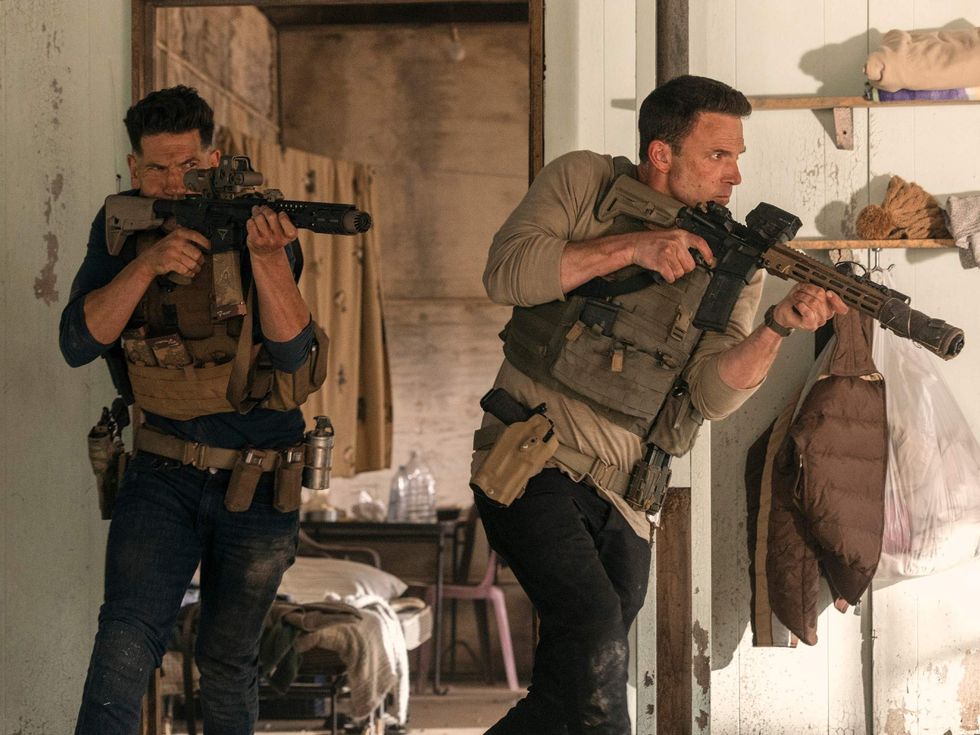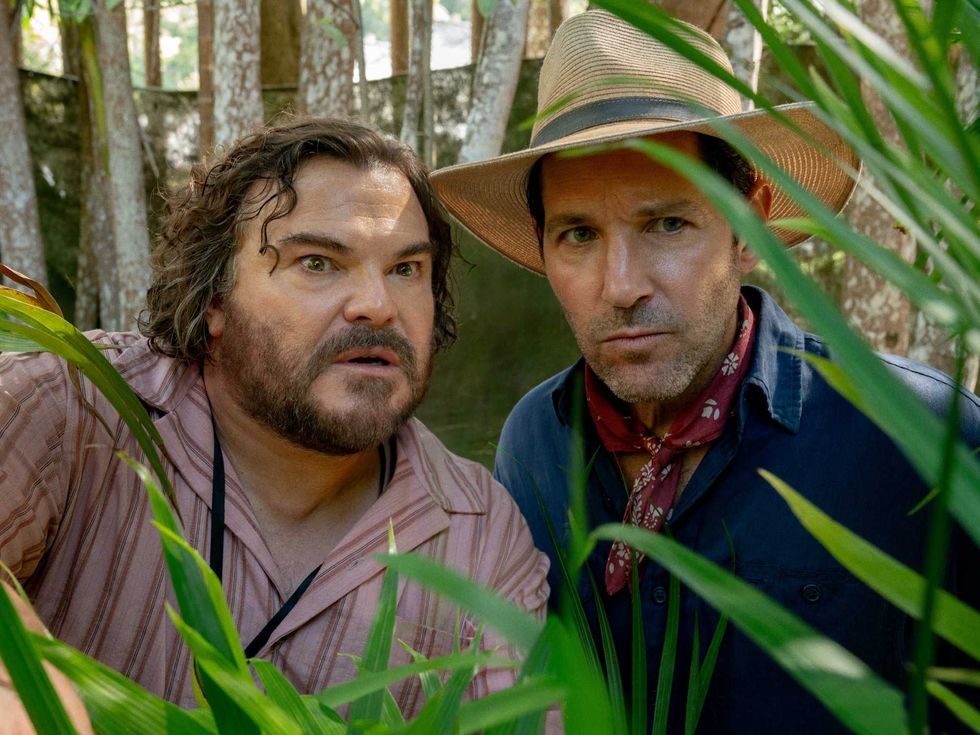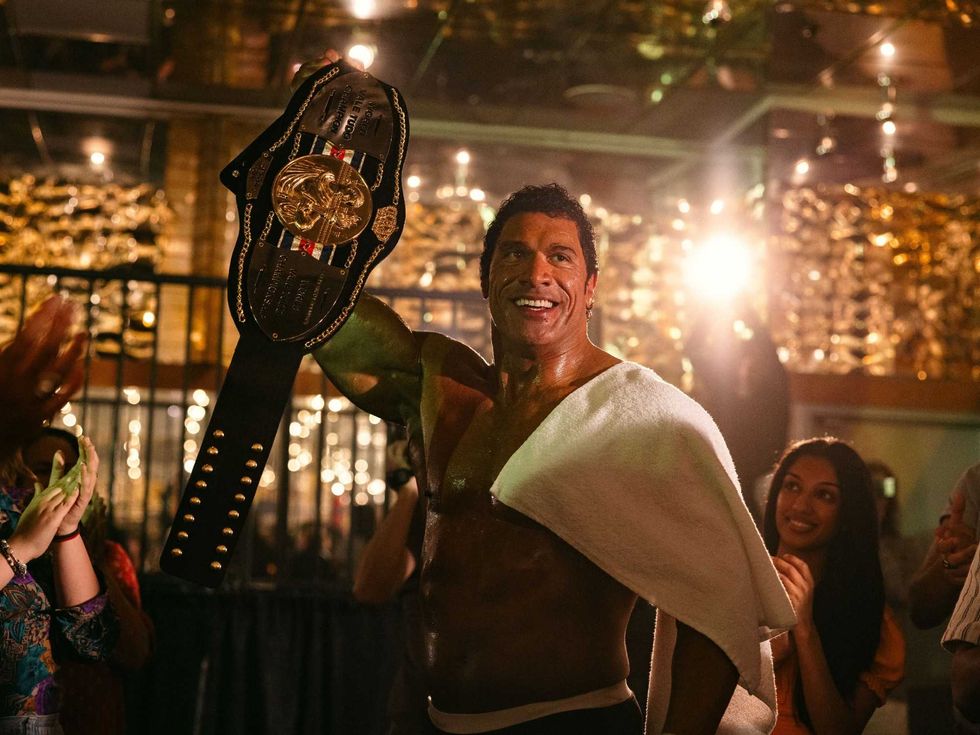Seeing is Believing
Director Tim Burton treats moviegoers with uncharacteristic Big Eyes
Tim Burton’s films don’t normally fly under the radar, but his latest, Big Eyes, certainly has. Perhaps that’s because it has few Oscar aspirations, unlike most other movies released this time of year. Or maybe it’s because it’s his first live-action film since 1996’s Mars Attacks that doesn’t feature either Johnny Depp or Helena Bonham Carter, his two usual standbys.
Whatever the reason, Big Eyes is a welcome surprise, mostly for how normal it is compared to Burton’s usual outlandish output. It follows Margaret Keane (Amy Adams), whose paintings of big-eyed waifs gained fame in the 1950s and ’60s.
Burton and his co-writers take a pretty straightforward approach, giving Amy Adams, Chistoph Waltz and the other actors plenty of space to make the material their own.
I say her paintings gained fame because Margaret received no credit at the time for her hard work. Instead, her overbearing husband, Walter (Christoph Waltz), convinced her that it would be better if people believed he was the artist. The film chronicles her struggle with both Walter and herself to finally get recognized for the art that became world famous.
As a true story and a period piece, Big Eyes contains almost none of Burton’s usual flourishes. The strangest he gets are a couple of minor fantasy scenes in which Margaret imagines everyone around her having the same sad, big eyes she paints.
Instead, he and co-writers Scott Alexander and Larry Karaszewski, who are working with Burton for the first time since 1994’s Ed Wood, take a pretty straightforward approach, giving Adams, Waltz and the other actors plenty of space to make the material their own. It’s far from boring, though, as the megalomania Walter displays only increases as the film goes along, making the audience root even harder for Margaret to break free.
A fun, somewhat subtle detail is the number of actors in the film who could be considered to have big eyes themselves. Adams, Krysten Ritter, the girls who play Margaret’s daughters at various ages and others all impress with the size of their peepers, although none approach the gigantic orbs Keane painted.
Adams delivers as nuanced a performance as she has in any other film, and in a down year for female roles in general, the five-time Oscar nominee might just add a sixth nod to her resumé. It’s hard to get Waltz’s roles in Quentin Tarantino films out of your head, but he’s highly effective, especially when Walter starts to truly go off the rails.
Big Eyes may not be one of Burton’s most memorable films, but it’s a nice departure for the director and an unexpected treat during the holiday season.















